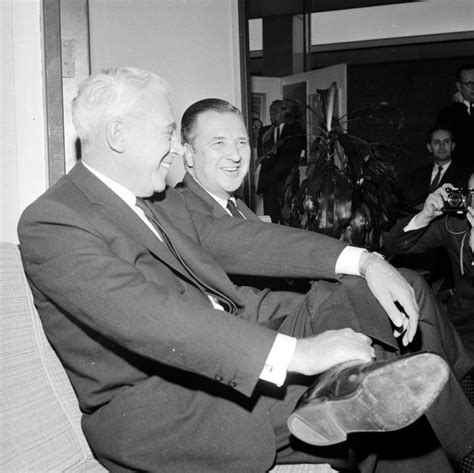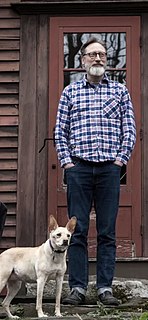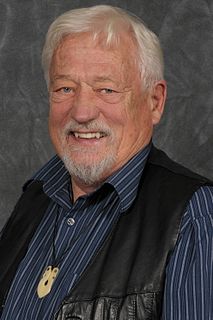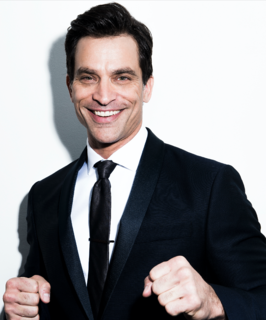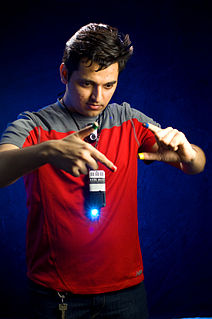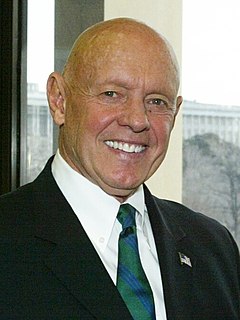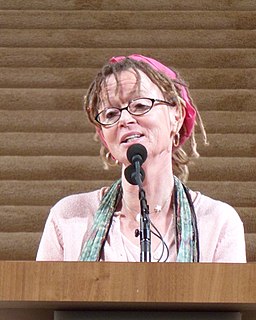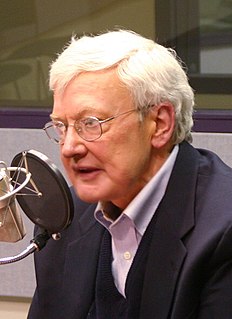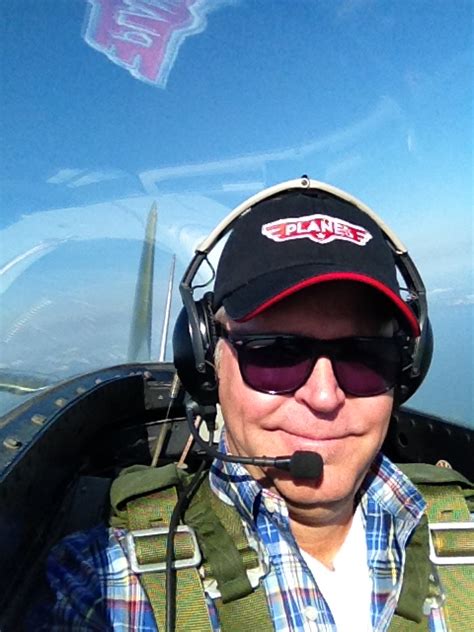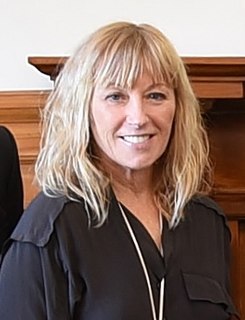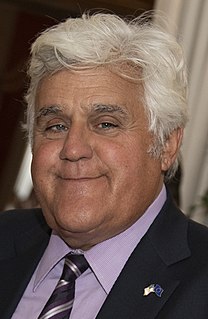A Quote by John Dykstra
With the advent of digital imaging I made the transition from trying to figure out how to do things to creating objects, characters and the whole cloth. It kind of freed up the analytical part of my brain and I had the opportunity to use more of the creative side of my brain for how things interact with light and integrate into stories.
Related Quotes
I wanted to say something to cheer her up. I had a feeling that cheering her up might be a lot of work. I was thinking of how sometimes, trying to say the right thing to people, it’s like some kind of brain surgery, and you have to tweak exactly the right part of the lobe. Except with talking, it’s more like brain surgery with old, rusted skewers and things, maybe like those things you use to eat lobster, but brown. And you have to get exactly the right place, and you’re touching around in the brain but the patient, she keeps jumping and saying, “Ow.
Experiments on split-brain patients reveal how readily the left brain interpreter can make up stories and beliefs. In one experiment, for example, when the word walk was presented only to the right side of a patient's brain, he got up and started walking. When he was asked why he did this, the left brain (where language is stored and where the word walk was not presented) quickly created a reason for the action: I wanted to go get a Coke.
I guess he'll have to figure out someday that he is supposed to have this dark side, that it is part of what it means to be human, to have the darkness just as much as the light- that in fact the dark parts make the light visible; without them, the light would disappear. But I guess he has to figure other stuff out first, like how to keep his neck from flopping all over the place and how to sit up.
Dr. Leonard Shlain, chairman of laparoscopic surgery at California Pacific Medical Center, said they took some four and five year-olds and gave them video games and asked them to figure out how to play them without instructions. Then they watched their brain activity with real-time monitors. At first, when they were figuring out the games, he said, the whole brain lit up. But by the time they knew how to play the games, the brain went dark, except for one little point.
So many things suddenly made sense for the clowns, for the whole idea. I’d been going through a struggle, particularly after 9/11; I couldn’t figure out what I wanted to say. I still wanted the work to be the same kind of mixture – intense, with a nasty side or an ugly side, but also with a real pathos about the characters – and clowns have an underlying sense of sadness while they’re trying to cheer people up. Clowns are sad, but they’re also psychotically, hysterically happy.
A new study finds that women use their whole brain when listening and men only use half of their brain. You see, men use the other half of their brain to come up with excuses. I don't think women use their whole brain when listening. I think they use half of it and the other half is used to memorize what men are saying so they can use it against them 10 years later!
